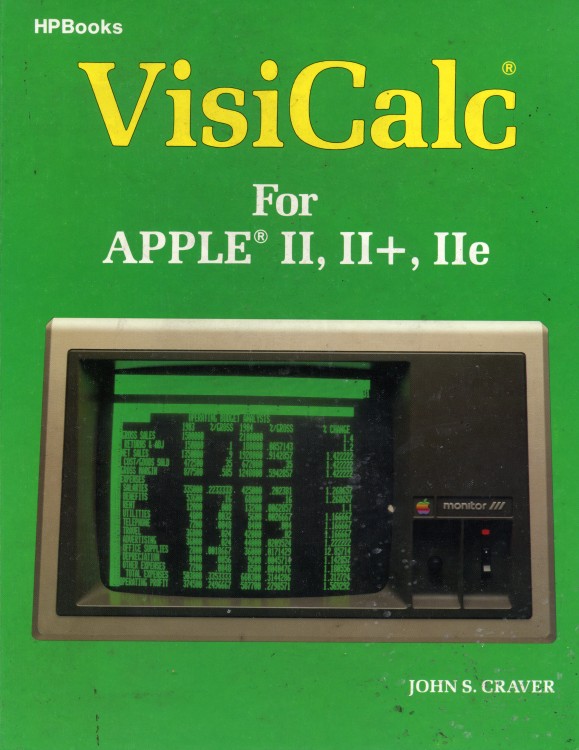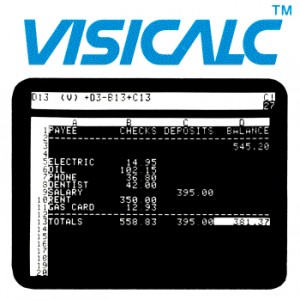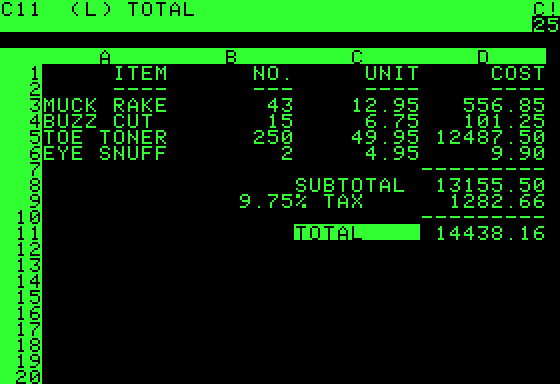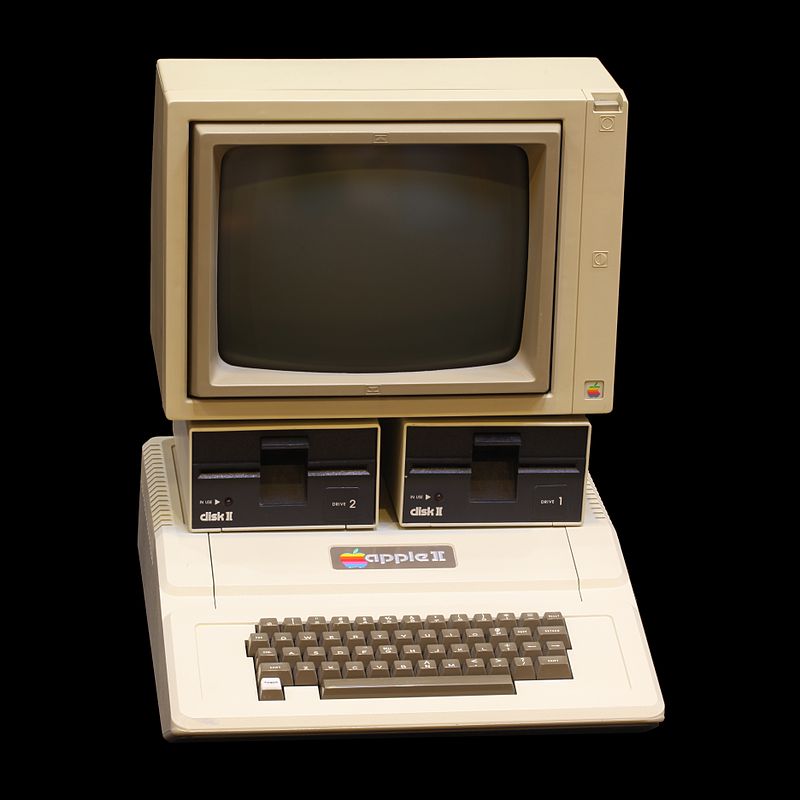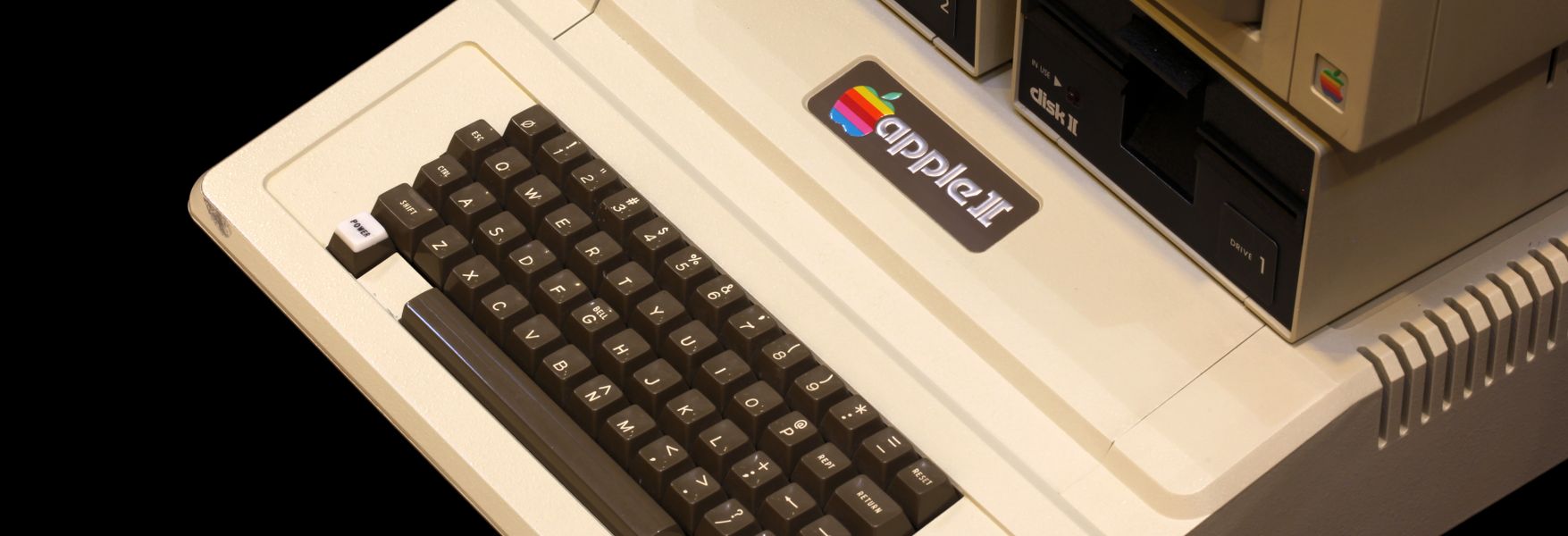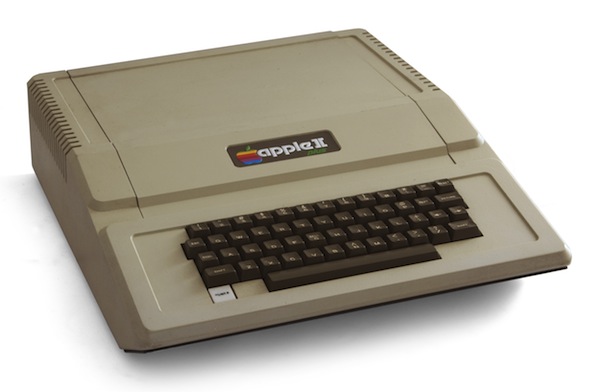It was early February 1979, and entrepreneurs Dan Bricklin and Bob Frankston founded their company Software Arts, which publishes the small VisiCalc program. As will be seen later, VisiCalc's importance to many parties ended up being far greater than its creators may have originally anticipated.
It could be interest you
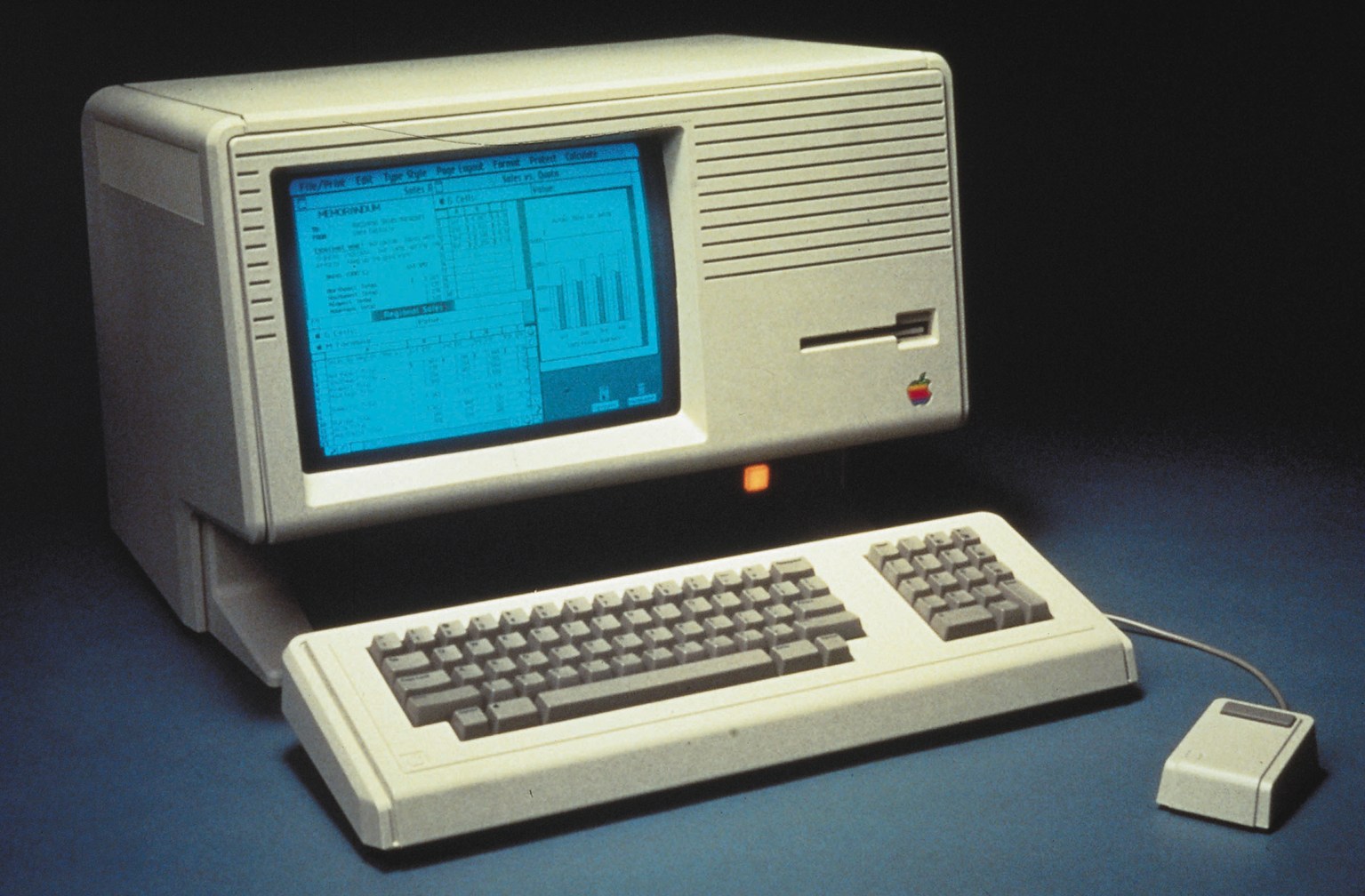
To people who "grew up" with PCs and Macs in the workplace, it may seem inconceivable that there was a time when there was a real distinction between "work" and "home" computers, other than the software the machines used. In the early days of personal computers, many businessmen viewed them as hobby devices that couldn't be compared to the machines that businesses used at the time.
Technically, this was not the case, but astute individuals saw that the dream of one computer served a different purpose for each person. For example, personal computers shortened the weeks a worker might have to wait for his company's computer department to prepare a report. VisiCalc was one of the programs that helped change the way most people viewed "non-business" computers in the 70s - it showed that even personal computers like the Apple II could be more than just a "nerd" toy for a specific target audience group.
The innovative VisiCalc spreadsheet took as its metaphor the idea of a production planning board in a business, which can be used for additions and financial calculations. Creating formulas meant that changing the total in one table cell would change the numbers in another. While today we have many different spreadsheets to choose from, back then no such program existed. So it's understandable that VisiCalc was a huge success.
VisiCalc for the Apple II sold 700 copies in six years, and possibly as many as a million copies over its lifetime. Although the program itself cost $000, many customers bought $100 Apple II computers just to run the program on them. It wasn't long before VisiCalc was ported to other platforms as well. Over time, competing spreadsheets such as Lotus 2-000-1 and Microsoft Excel emerged. At the same time, both of these programs improved some aspects of VisiCalc, either from a technical point of view or from a user interface point of view.
